Nike commercial addresses bullying and racism in Japan, riles up debate online【Video】
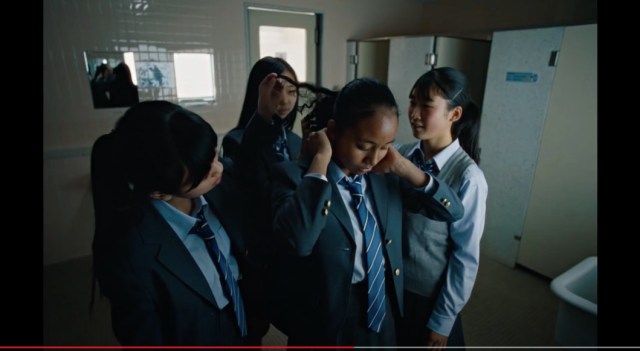
Video gets more dislikes than likes, proving just how much Japanese society needs to watch this right now.
Ever since their 1988 “Just Do It” ad, sports brand Nike has become known for producing commercials that spark a conversation and leave a lasting impression on viewers.
Last year, they got the conversation going around all the annoying questions tennis star Naomi Osaka has to deal with surrounding her ethnicity, and now they’re back to tackle another tough subject: the experience of young foreign residents in Japan.
The new commercial is called “Ugokashitsuzukeru. Jibun wo. Shorai wo. The future Isn’t Waiting“, with the Japanese part translating to “Keep Moving. Yourself. The future.” Featuring stories based on “the real-life experience of athletes”, this clip shows three soccer girls from different backgrounds in Japan — one is Japanese, one is Korean, and one is, like Osaka, mixed race, with a Black father and Japanese mother — and reveals how they “overcome their daily struggles and conflicts to move their future through sports.”
The commercial has English subtitles available, so click the white gear button next to the CC in the bottom right corner to turn them on, and take a look at the clip below:
The two-minute video is a moving look at what it can be like to be a young girl into soccer in Japan. The Japanese girl is bullied at school and struggles to meet her parents’ expectations to excel at schoolwork, with her questioning, “Am I good enough?”
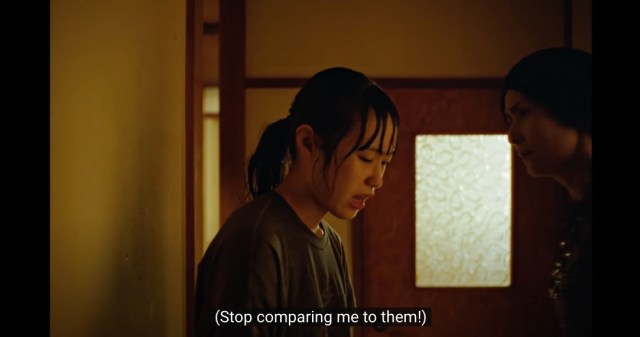
On the other hand, the Black Japanese girl struggles to blend in, wondering “Am I normal enough?” as her Japanese classmates stare at her for looking different and touch her hair in the girls’ bathroom.
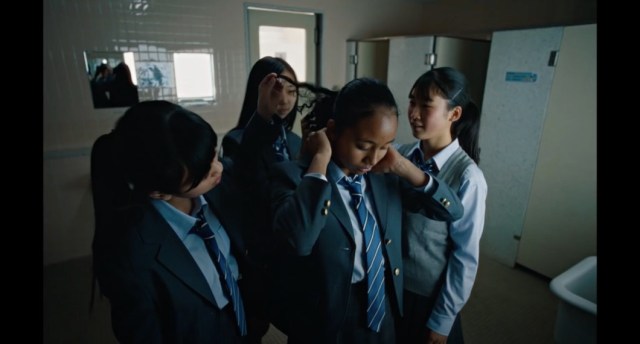
She can be seen watching a video of Osaka on her phone, and one of the comments that’s often directed at the tennis player, “So are you American or Japanese?” appears to hit home for her as well.
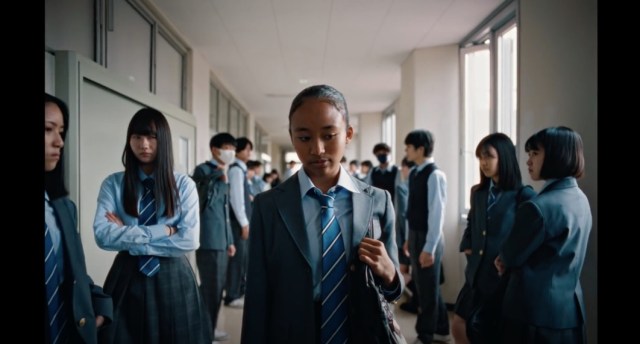
The Korean girl, who’s a transfer student in Japan, can be seen scrolling through information on her phone that discusses the “zainichi problem”, with “zainichi” meaning “foreign resident in Japan” and often used to refer to Koreans. Japanese-Korean relations can be tense and often hostile, and this girl gets stared at menacingly on the street and wonders if she should stand out a little less and get people to like her.
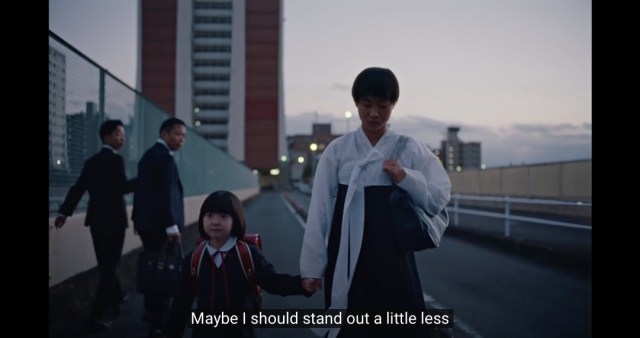
In the end, though, all three girls, who experienced all of these insecurities and feared that “Maybe I just have to deal with it“, eventually come to the realisation that no, they don’t have to just deal with it. They don’t have to wait until one day for things to change and get better — they will make it happen, by proudly doing what they love to do, and proudly loving their ethnicity and who they are as well.
▼ Nike reminds us that sport brings people from all sorts of backgrounds together.

The commercial brings to light the problem of bullying in Japan, and Nike’s handling of the issue drew many Japanese supporters on social media.
“This is amazing. I feel like I’ve never seen a commercial that cuts into the issue of living in Japan and minorities in Japanese advertising.”
“Thank you so much. Please continue to send important messages like this.”
“I’m so impressed by Nike. Thank you!”
“This made me cry. It would be wonderful if we could stop young people having thoughts like this.”
“So good – I’m always buying Nike because of ads like this!”
However, on the other side of the fence, a large number of Japanese took offence to the ad, saying:
“Is Japan really such a country full of discrimination? It feels like you’re creating a false impression of Japan.”
“You’re crossing the line and making Japanese people look foolish.”
“I feel this depicts Japanese as being extremely inhumane.”
“It’s not just Japan – discrimination exists in other countries too.”
“There’s no bullying in Japan!”
“I won’t buy Nike ever again!”
The video ruffled so many feathers with right-wingers in Japan that the video actually received more dislikes than likes, with 18,000 dislikes and 17,000 likes as of this writing. The comments on the YouTube video itself were also filled with hateful, racist remarks and comments from people who appear to be blind to bullying as a problem here, despite the fact that you can buy bully insurance for your children in Japan.
All the dislikes and negative comments on the video actually suggest that Nike has hit a nerve, with some commenters saying this just proves how necessary an ad like this is in today’s society. The more we expose the Japanese public to stories of bullying and racism, the more they’ll be able to recognise it and stop it, so when Japanese comedians joke about Naomi Osaka’s complexion being “too sunburned” or a Japanese company whitewashes the tennis star for their commercials, people will be able to realise what’s happening and call them out for it.
Addressing problems like bullying and racism in Japan isn’t a slur on the country — it’s a gentle prod towards improving society for everyone, so that one day, when another Japanese girl like Naomi Osaka makes it big on the world stage, people can accept her for who she is, instead of continually asking her about her love of katsudon.
Sources: YouTube/Nike Japan via Jin, Hachima Kikou
Images: YouTube/Nike Japan
● Want to hear about SoraNews24’s latest articles as soon as they’re published? Follow us on Facebook and Twitter!
Credit:

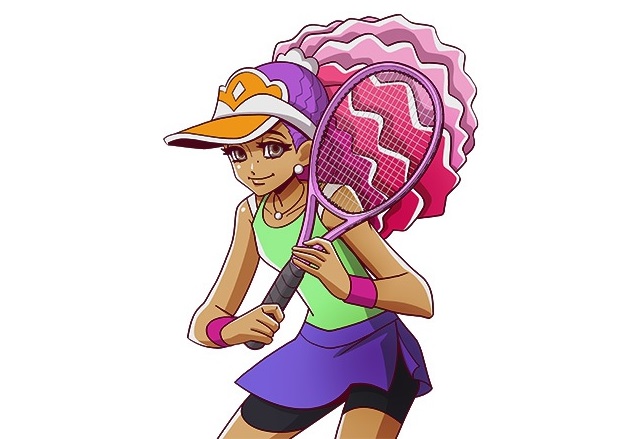


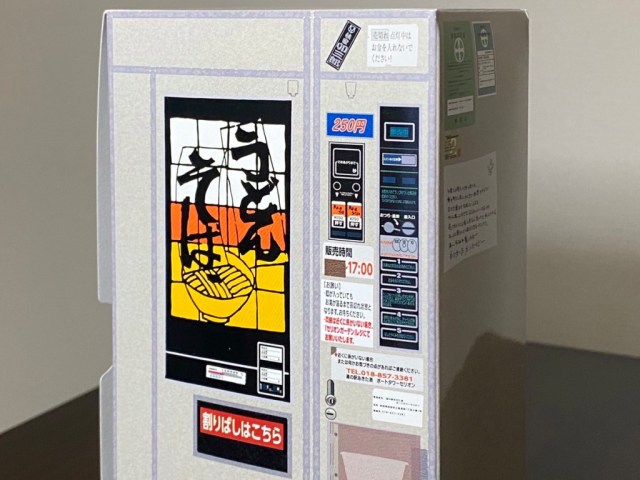
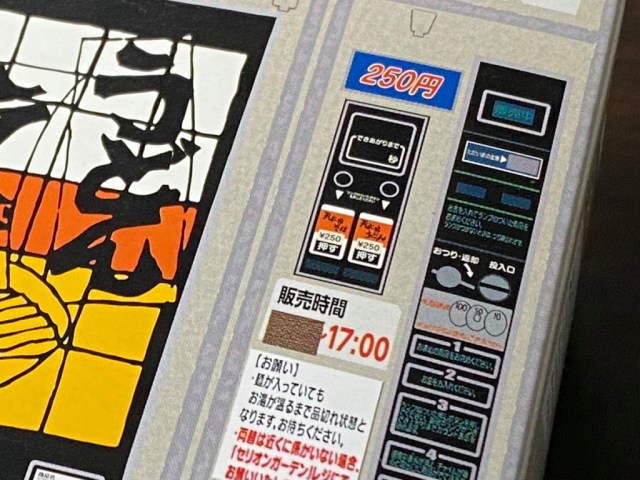
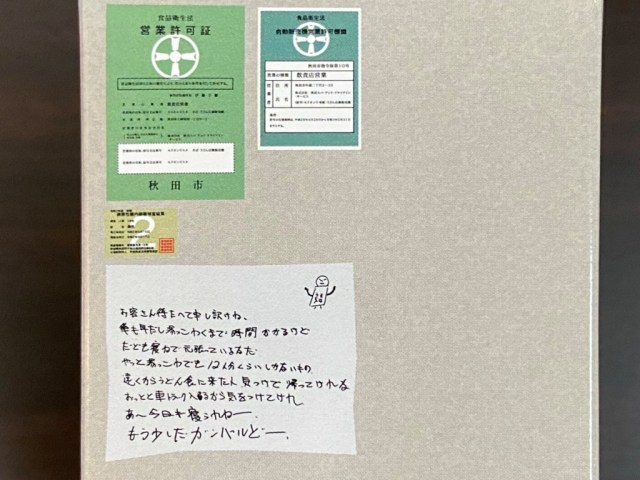

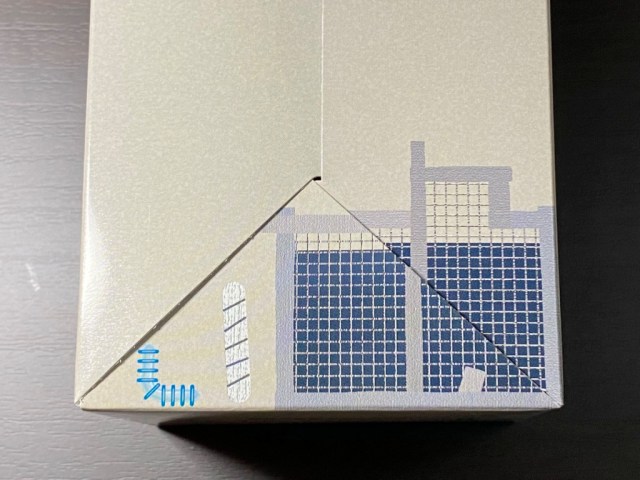
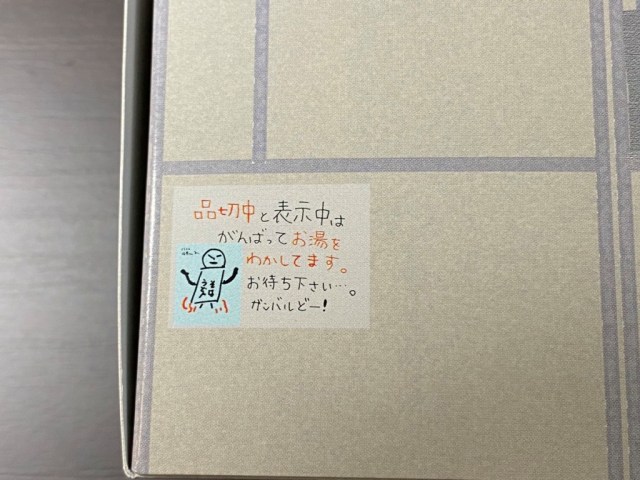
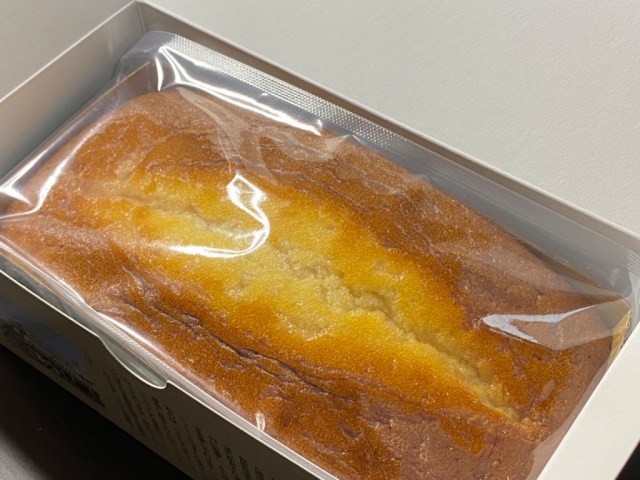
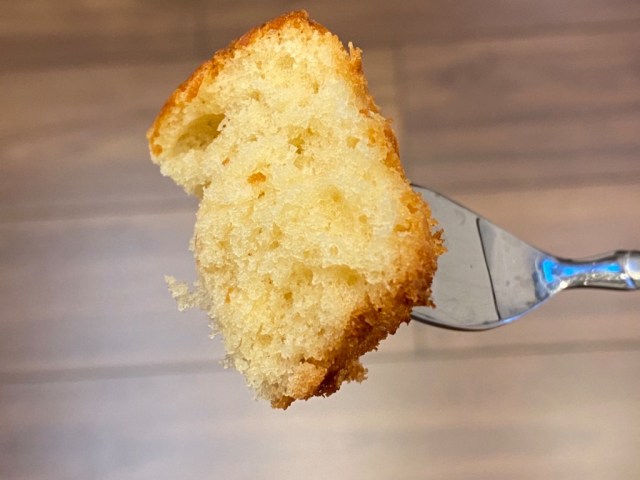
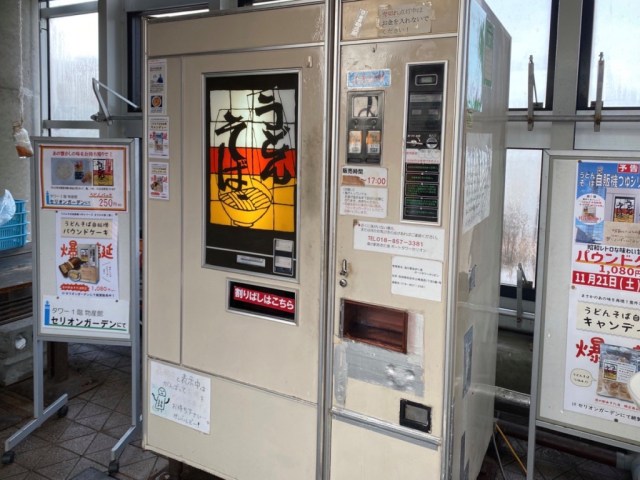
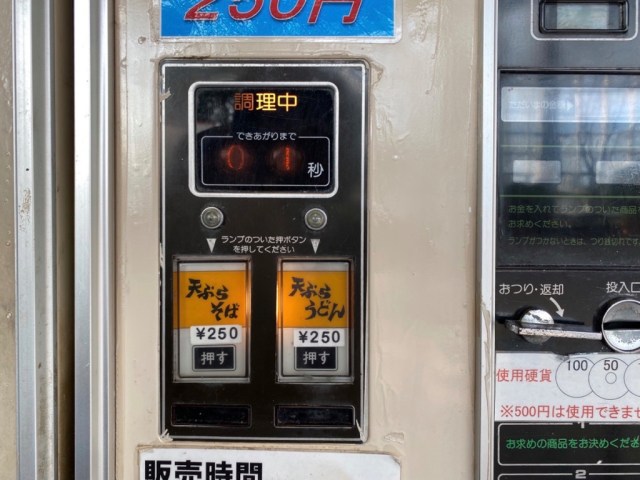
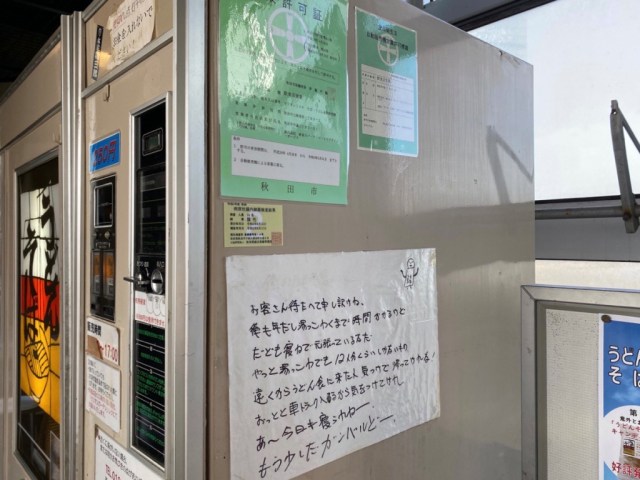
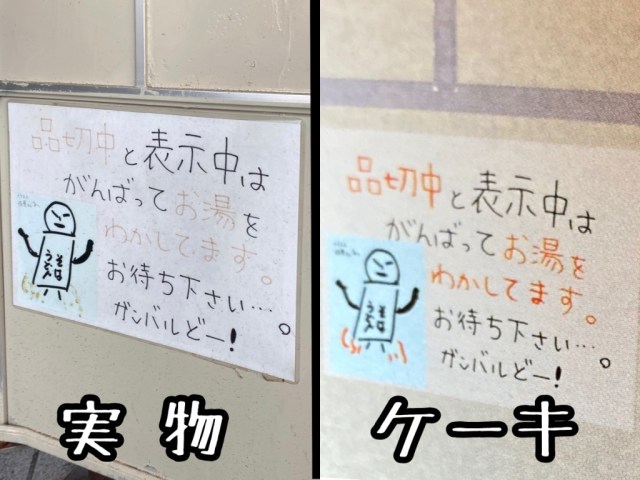
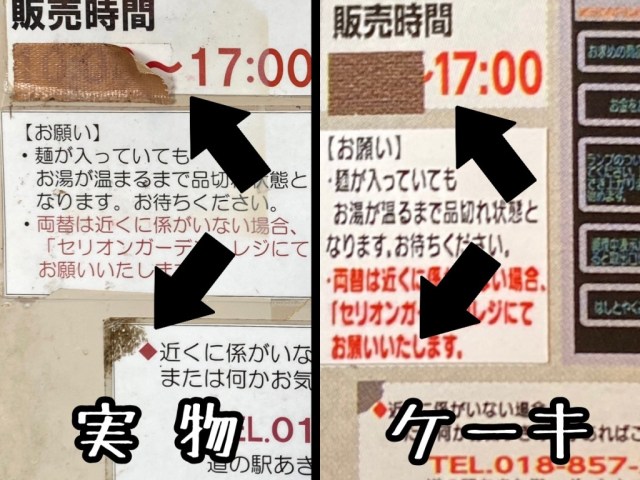

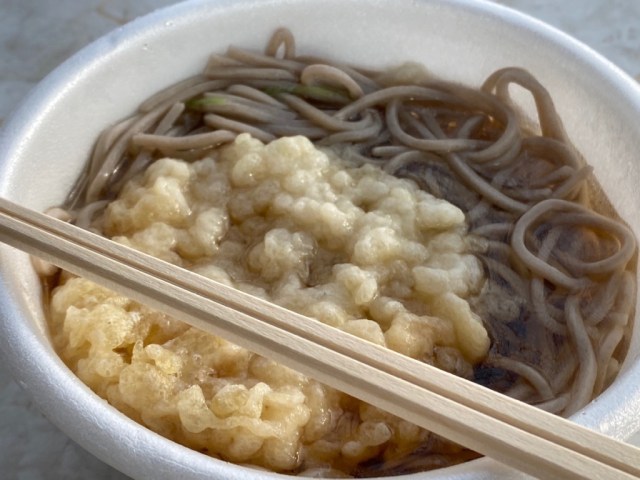
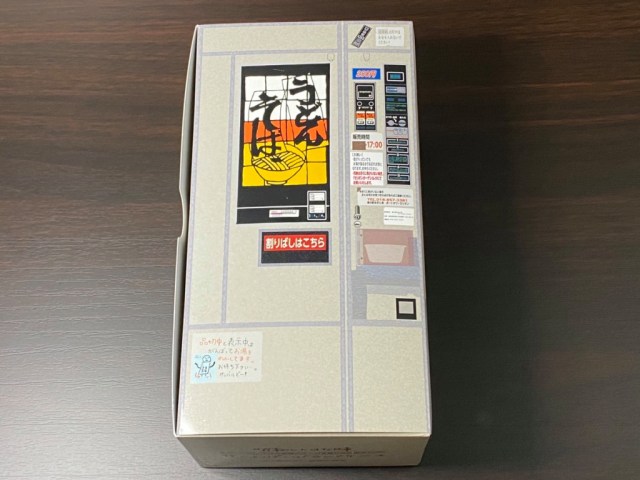



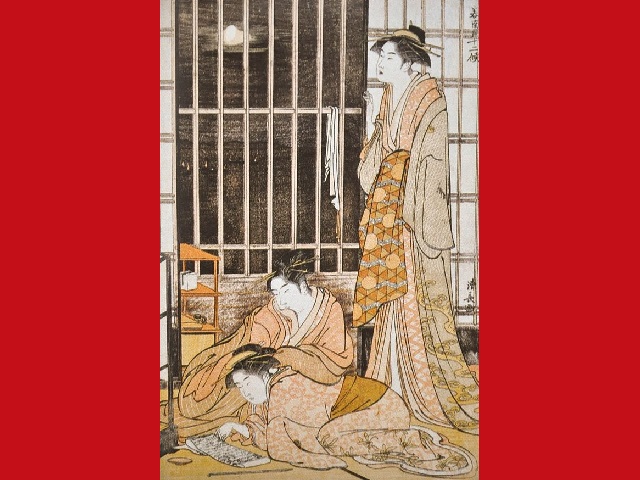
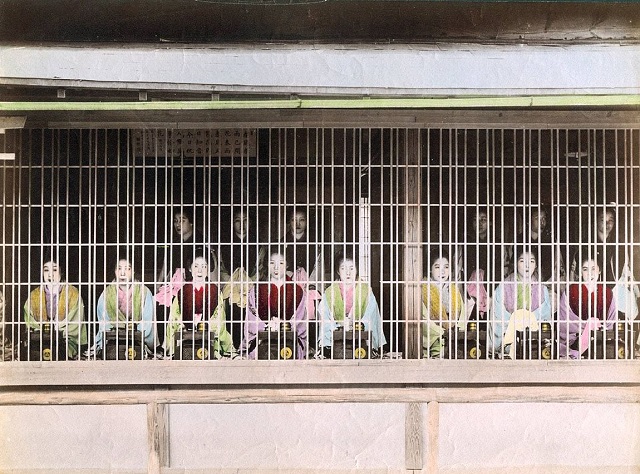
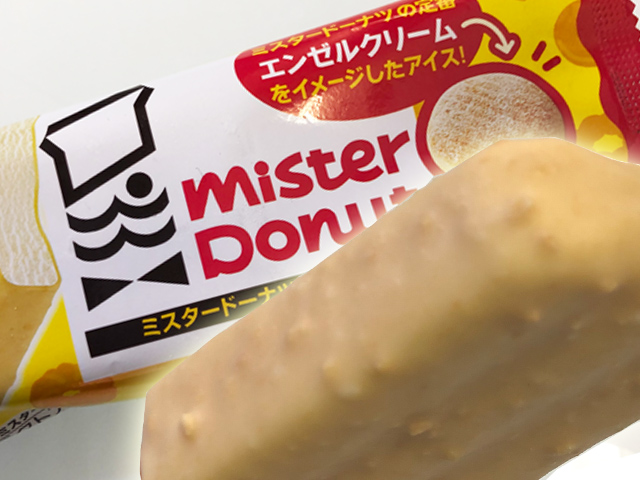
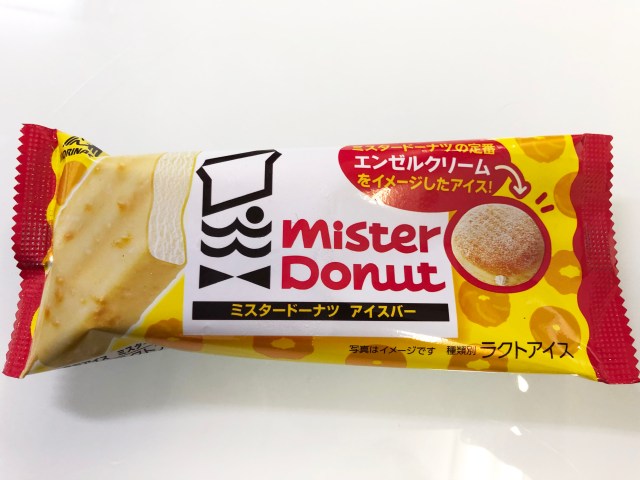
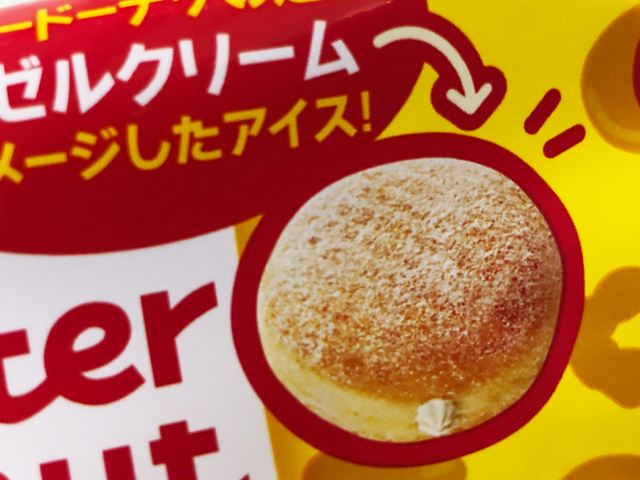
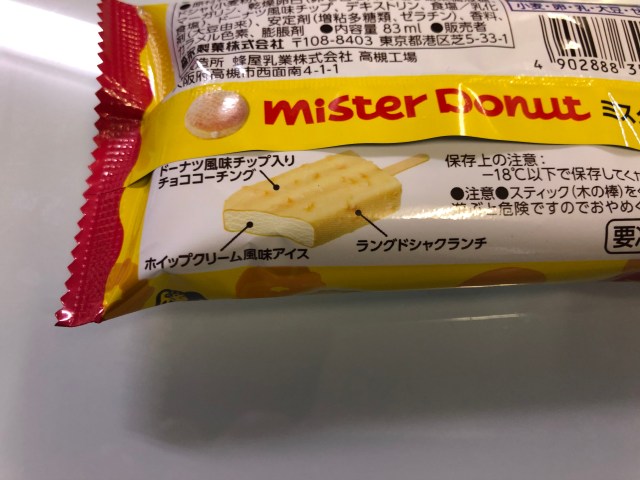
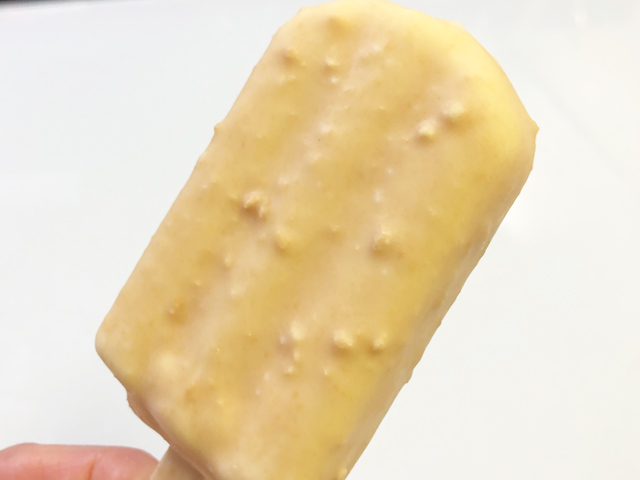
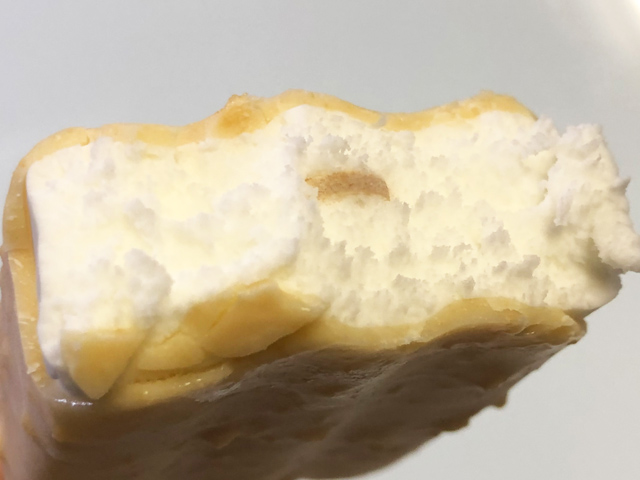
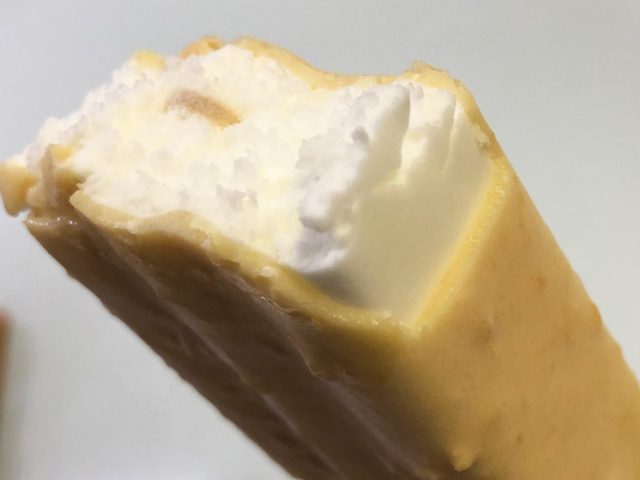
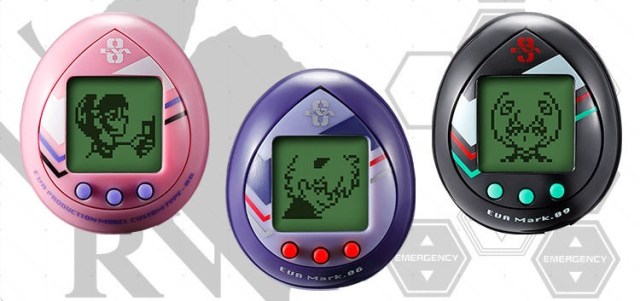
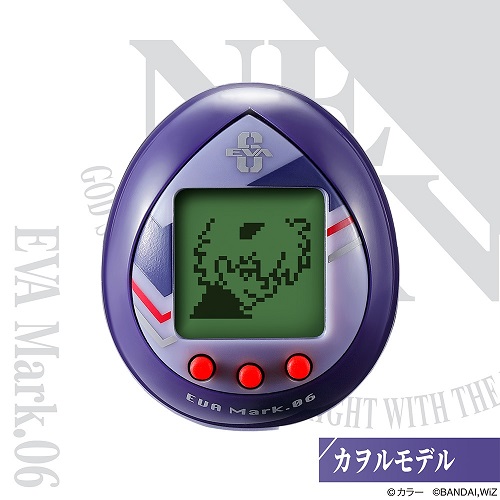
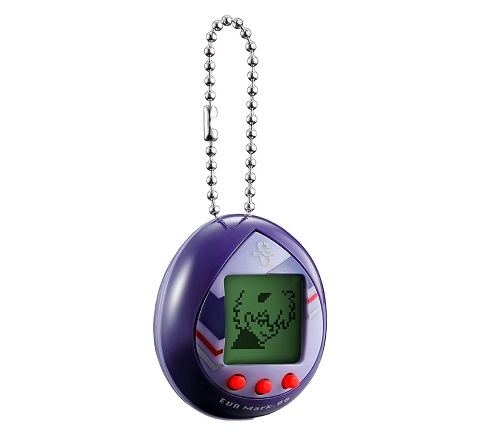
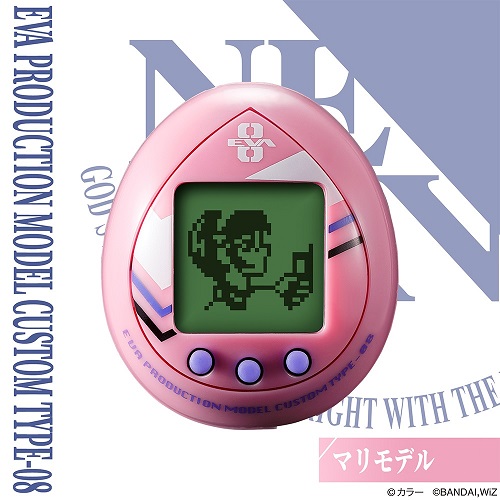
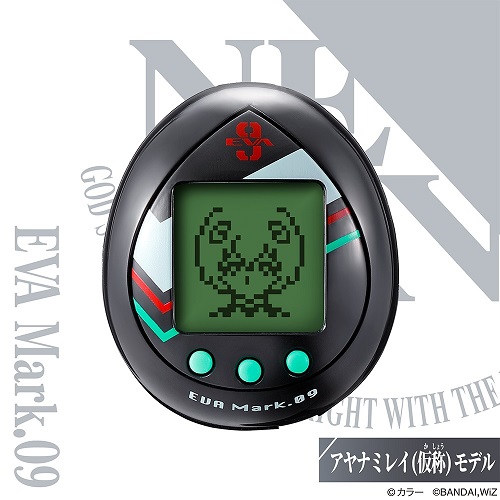
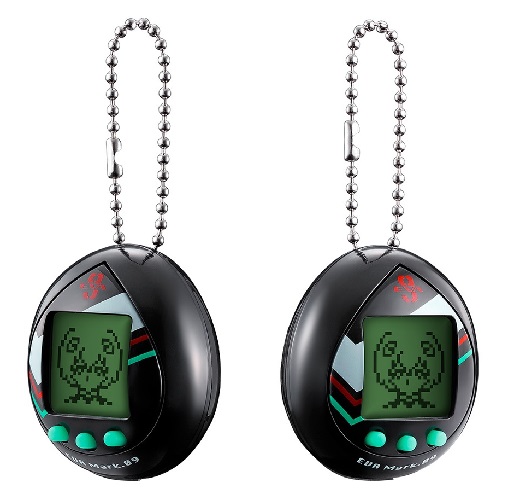

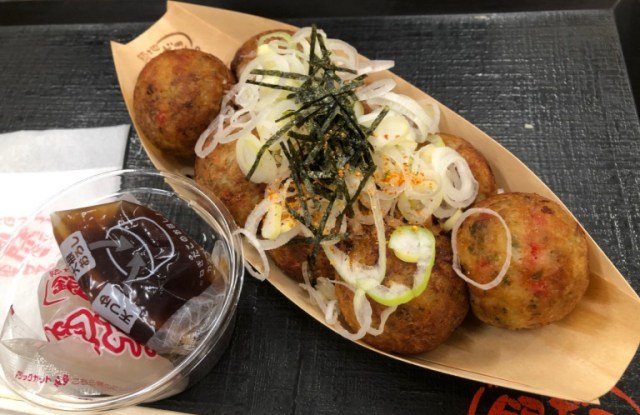
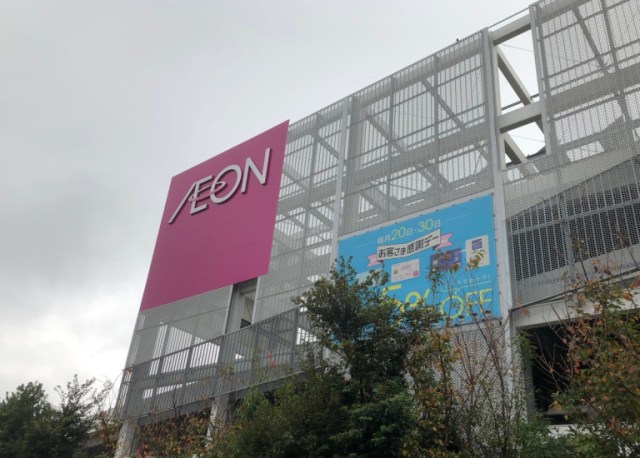
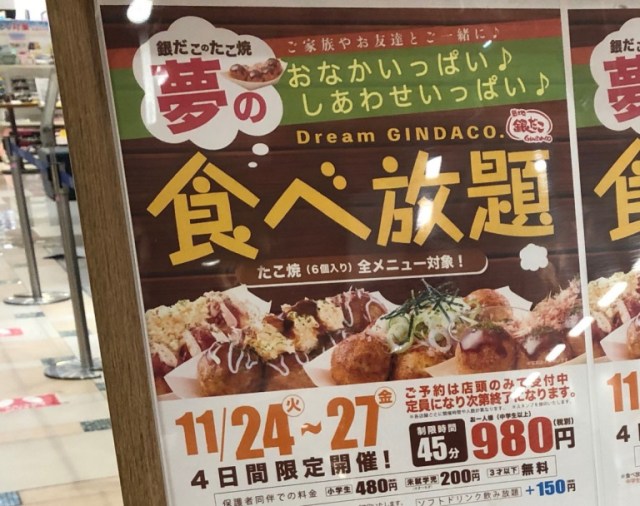
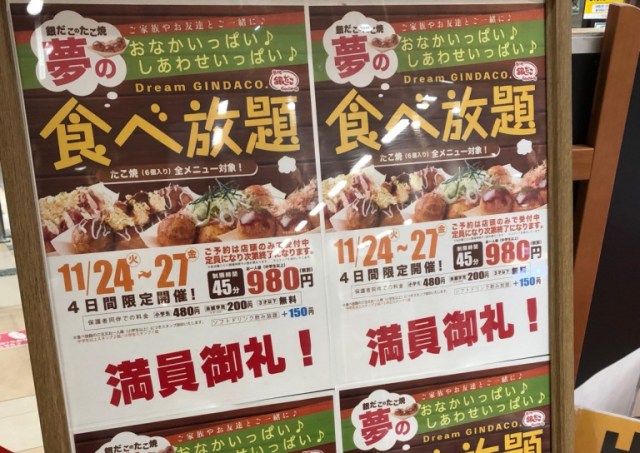

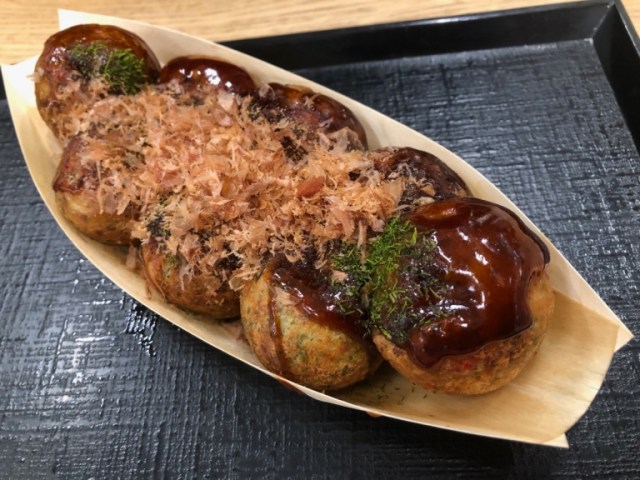
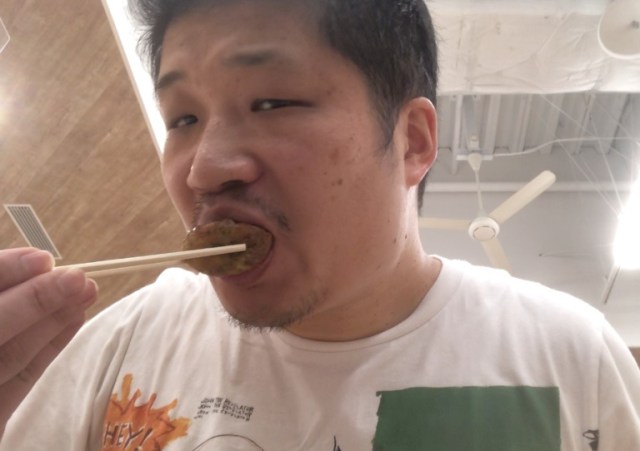
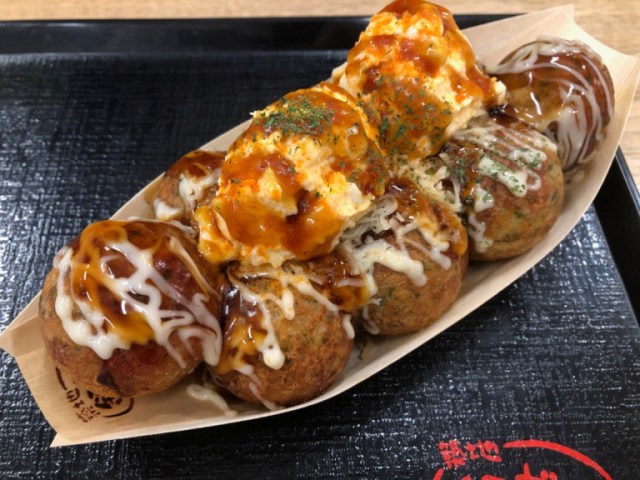
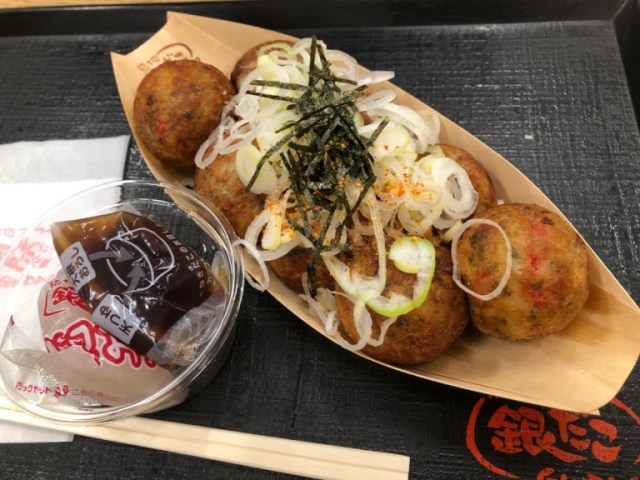
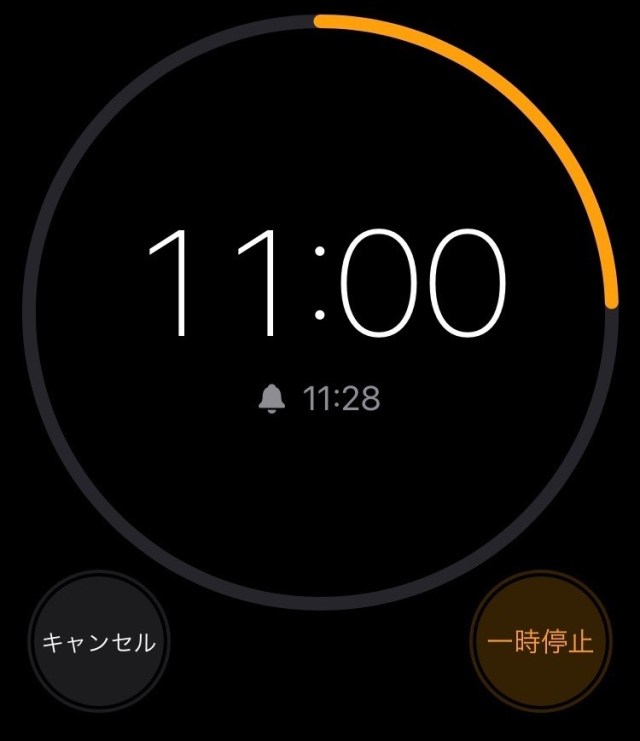
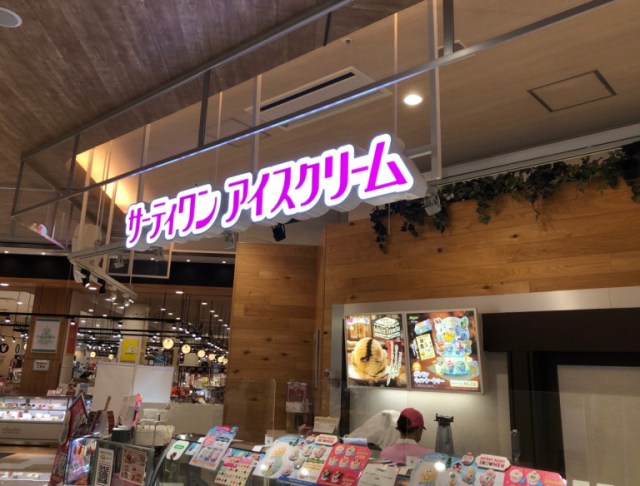
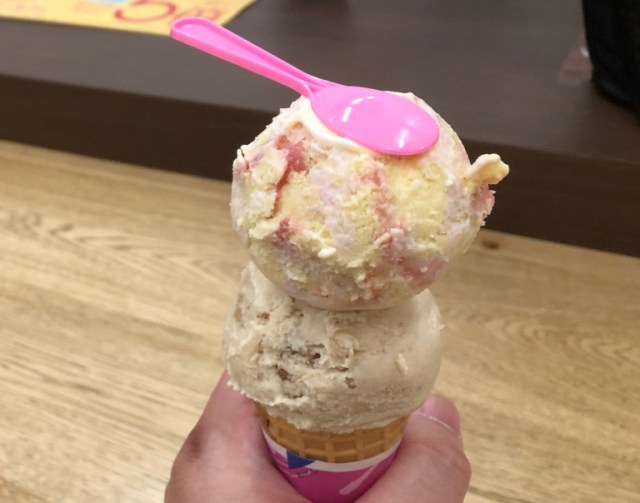
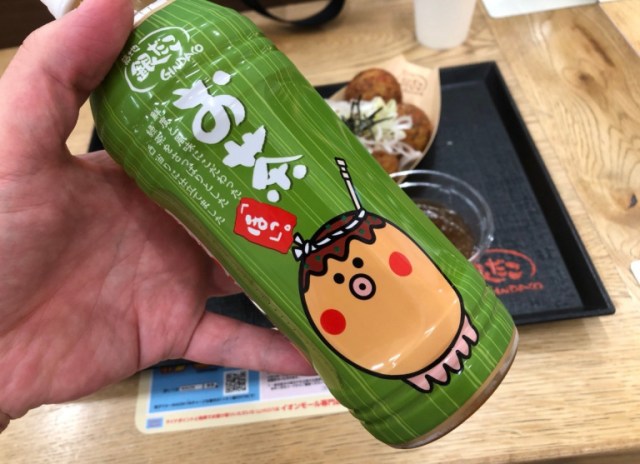


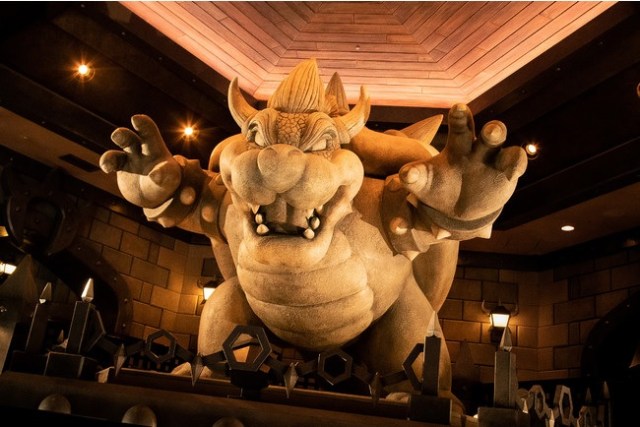


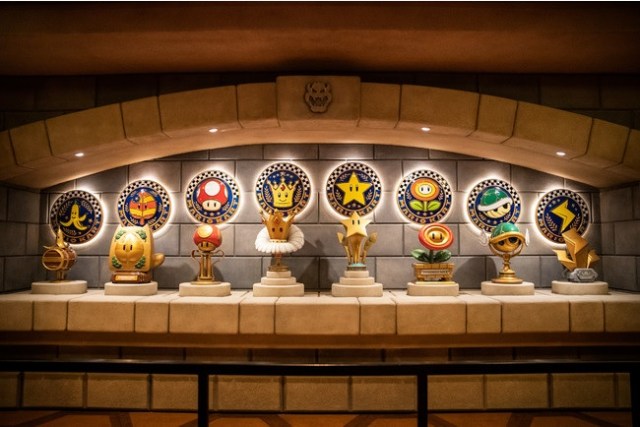
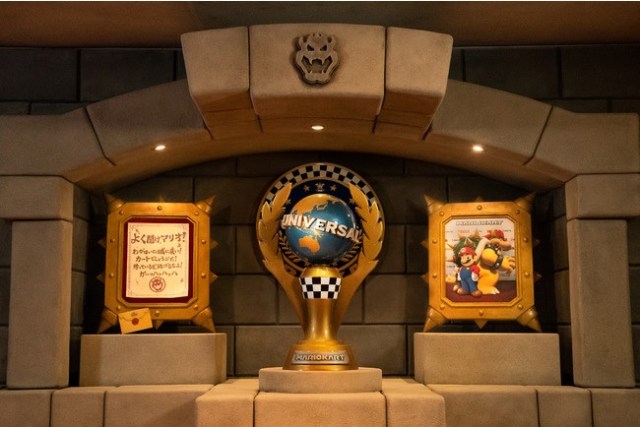
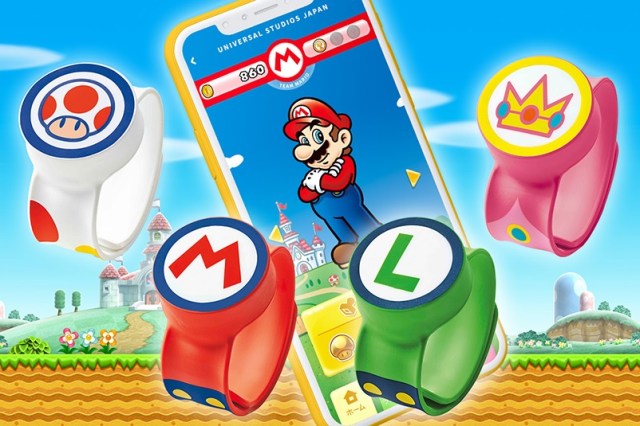
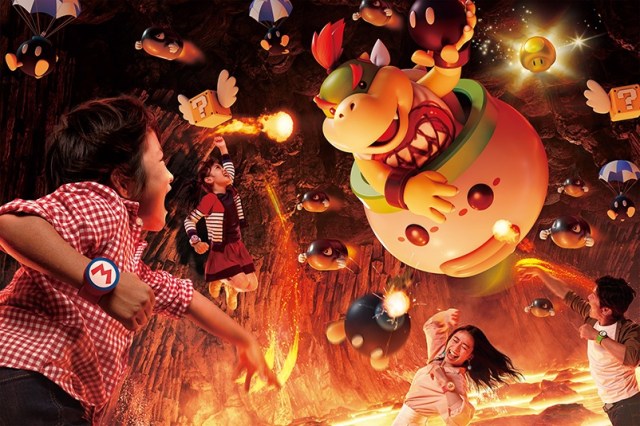
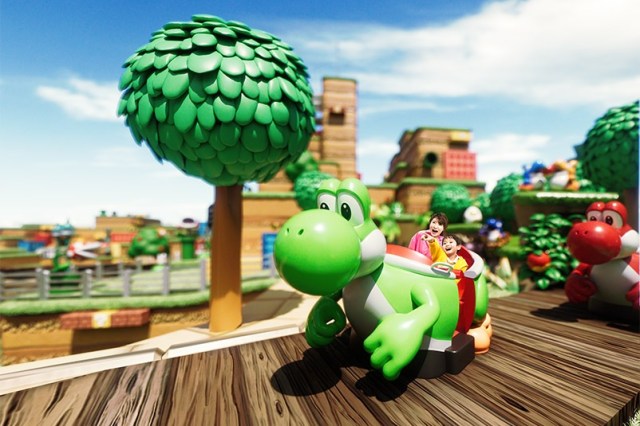
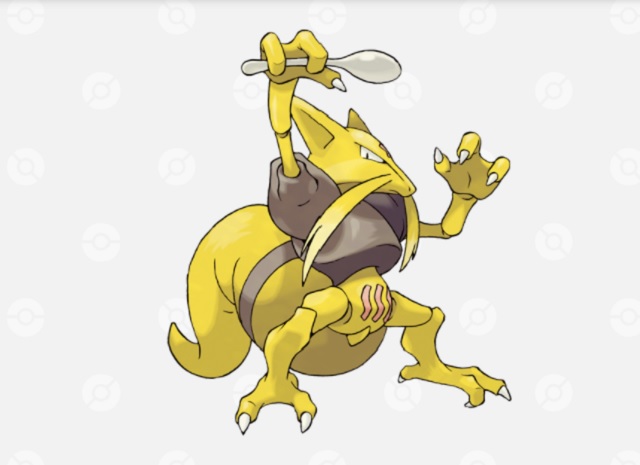
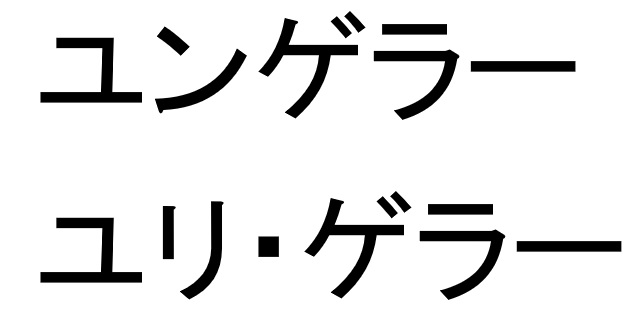
0 comments: